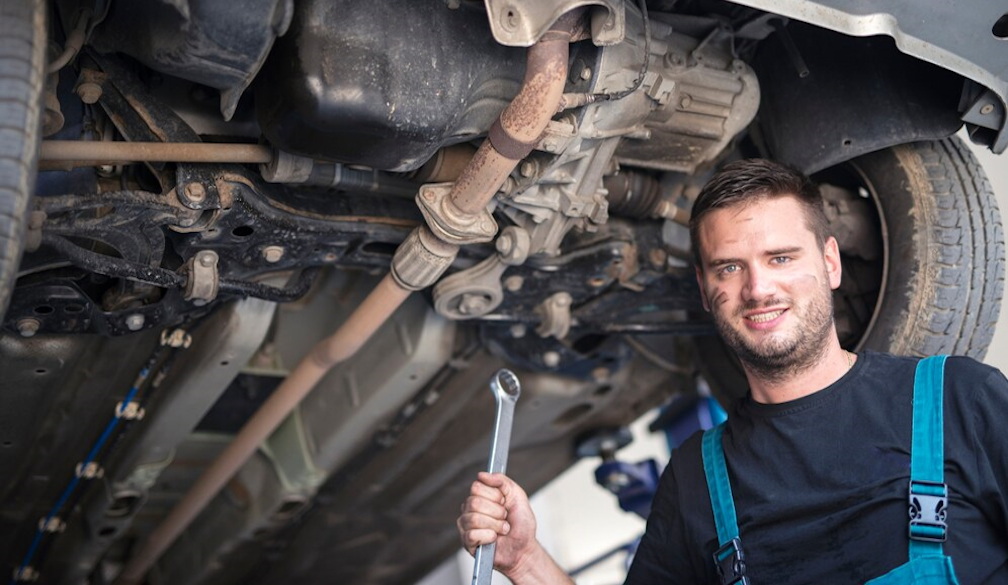Braking Systems Explained: The Mechanics of Stopping a Vehicle Safely

When it comes to vehicle safety, few components are as crucial as the braking system. Whether you’re cruising down the highway or navigating city streets, the ability to stop quickly and safely is something we often take for granted. However, the technology and mechanics behind vehicle braking systems are both complex and fascinating. This blog post delves into the intricacies of how braking systems work, ensuring you have a deeper understanding of what happens every time you press the brake pedal.
The Importance of a Reliable Braking System
At its core, a vehicle’s braking system is responsible for converting kinetic energy into heat, thereby reducing the speed of the vehicle or bringing it to a complete stop. The effectiveness of this process is paramount for ensuring safety, as even a small delay in response can lead to dangerous situations. Regular maintenance and inspection of your braking system are essential to avoid failures that could put you and others at risk.
How Braking Systems Work
There are several types of braking systems, but the most common in modern vehicles are disc brakes and drum brakes. Here’s how they function:
- Disc Brakes: Disc brakes are widely used in most vehicles today due to their efficiency and reliability. The system consists of a brake rotor (disc), calliper, and brake pads. When you press the brake pedal, hydraulic fluid forces the brake pads against the rotating disc attached to the wheel. The friction generated between the pads and the disc slows down the wheel, thereby reducing the vehicle’s speed.
- Drum Brakes: While less common in newer models, drum brakes are still used in some vehicles, particularly on the rear wheels. Drum brakes consist of a brake drum, brake shoes, and a wheel cylinder. When the brake pedal is pressed, hydraulic fluid pushes the brake shoes outward against the inner surface of the drum, creating friction that slows the wheel’s rotation.
The Role of ABS in Modern Braking Systems
One of the most significant advancements in braking technology is the Anti-lock Braking System (ABS). ABS prevents the wheels from locking up during sudden or hard braking, allowing the driver to maintain steering control. This system rapidly pulses the brakes to ensure that the wheels do not skid, significantly reducing stopping distances and improving overall vehicle safety.
What are the Key Components of a Braking System?
A typical braking system includes several vital components that work in unison to ensure your vehicle stops effectively:
- Brake Pedal: The driver’s input device for initiating braking.
- Master Cylinder: Converts the mechanical force from the pedal into hydraulic pressure.
- Brake Fluid: Transfers the hydraulic force to the brake callipers or wheel cylinders.
- Brake Pads/Shoes: The friction material that presses against the rotor or drum.
- Rotors/Drums: The component that rotates with the wheel and provides a surface for the pads or shoes to press against.
Here are the Telltale Signs Your Braking System Needs Attention
A well-maintained braking system is essential for your safety on the road. Here are some signs that it may be time to have your brakes inspected:
- Squealing or Grinding Noise: This could indicate worn brake pads that need replacing.
- Vibration: If you feel a pulsing or vibration when braking, it could signal warped rotors.
- Soft Brake Pedal: A brake pedal that feels spongy or sinks to the floor could indicate a leak in the brake fluid line or air in the system.
- Warning Lights: If your brake warning light is illuminated, it’s a clear sign that your brakes need professional attention.
Maintaining Your Braking System
Routine maintenance is key to keeping your braking system in top condition. Regular checks and timely replacement of brake pads, fluid, and other components will ensure that your vehicle stops effectively when needed. For comprehensive brake service and expert advice, consider trusted specialists like those at Termine Prestige Motors, where your vehicle’s safety is always a top priority.
Understanding the mechanics behind your vehicle’s braking system can help you appreciate the importance of regular maintenance and prompt attention to any warning signs. Whether it’s the sophisticated ABS or the humble brake pad, every component plays a vital role in keeping you safe on the road. Remember, when it comes to vehicle safety, there’s no room for compromise. Ensure your brakes are always in peak condition, and you’ll be rewarded with the peace of mind that comes from knowing you can stop safely when it matters most.

























